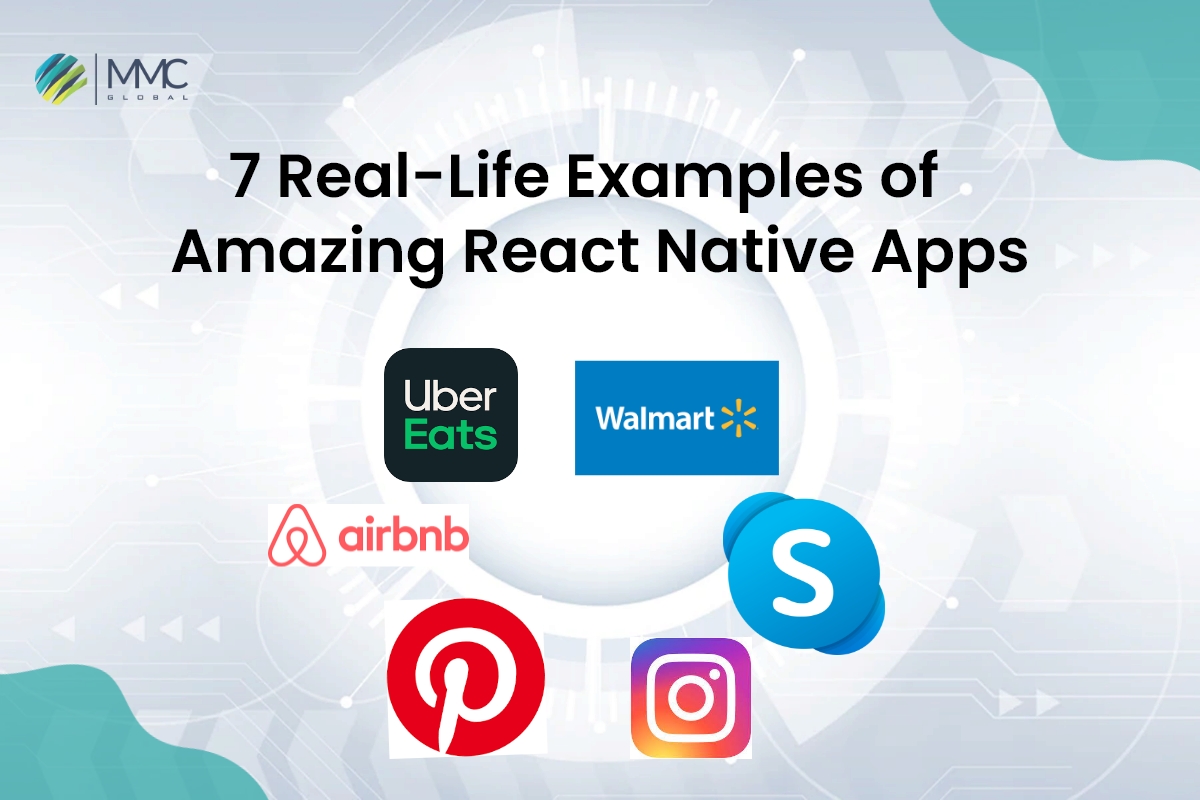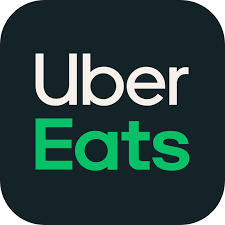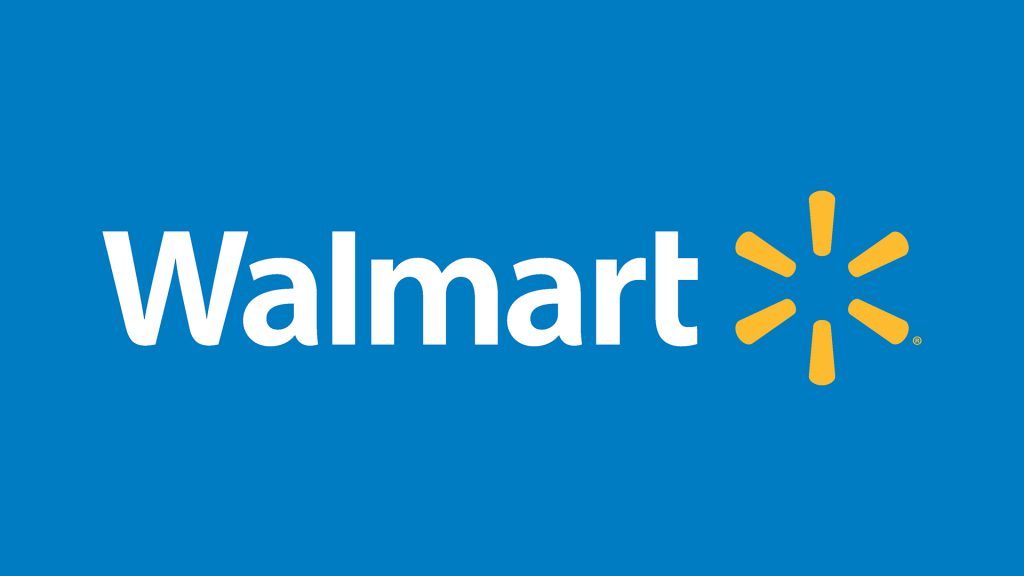7 Real-Life Examples of Amazing React Native Apps


The trends of mobile app development with React Native never fade from day to date. Increasing React Native apps hype roll out the market size, and developers keep indulging in developing React Native apps. That’s why many leading companies have picked React Native to build their mobile business app. We have gathered 7 real-life examples that you use in your daily life, and after knowing them, you will be amazed.
Before moving toward real-life examples of amazing React Native Apps, I will tell you why developers are very close to this and what is special in React Native apps.
Characteristics of React Native Apps
Quickly sums up what React Native is and why developers give preference to it for building high-performing mobile apps.
- React Native is open-source and cross-platform.
- It is a JavaScript-based framework and is also associated with React.Js.
- React Native support both Android and iOS platforms in a single codebase.
- React Native is a framework, not a library.
- Developers can share most of the code on different media.
- It uses Native components to build mobile applications.
- The learning curve of React Native app is not too difficult, especially when you are familiar with React.Js.
- With the large community support, developers can ask questions and get feedback on their projects.
Read More: Top-Most React Native UI Components For 2022
Advantages of Building React Native Apps
Faster Development
Looking for a mobile app that runs on both Android and iOS platforms, React Native has got you covered with the fastest development. It has a two-in-one situation as it supports both platforms. The single-page coding is enough to run a mobile app on both platforms. The code reusability makes development faster and time-saving instead of writing code separately for different platforms.
Pocket-Friendly
React Native apps are more pocket-friendly if you have enough resources. Regardless of faster development, when two separate platforms’ code covers a single page, it ultimately reduces your budget and resources.
High-Performing Mobile Apps
There is no single risk of using React Native as it develops high-performing mobile apps without compromising code credibility. No matter how complex and high-functioning requirements are, React Native can process by using pre-build React libraries and components.
Genuine and Nativeness
Although the codebase for multiple platforms is reusable, you as an end-user never feel any difference while using on different OS. It purely provides features and functions that feel native to Android and iOS.
Learning Curve
React Native offers an open-source platform for beginners and has a hugely supportive community, so the learning curve is less complex. GitHub and React Native Community is the best source for all beginners and professionals to learn more and get resources.
7 Real-Life Examples of React Native Apps
React Native’s dependability is unquestionable now that many prominent organizations utilize it. It’s a framework that helped create and improve the social and service applications we’re familiar with today. Let’s look at some of the firms that utilize React Native and why they picked it for their mobile apps.
Facebook is a popular social media platform for entertainment as well as a marketing platform. It is one of the top-most platforms that introduced React Native in 2016 and has built React Native platform for itself. Initially, React Native only supported the iOS platform. Thanks to React Native, which runs Facebook and its Ads Manager app on Android and iOS platforms.
As a result, Facebook noticed an increase in in-app performance, and the Events Dashboard’s setup time has been reduced by half. Other implementations of features and improvements are at the framework level that enhances the user experience and updates the new versions.

Instagram, another social media platform well-known for sharing photos and videos, is a React Native App. The team of Instagram was exploring React Native to launch their new product faster, and they wanted to improve their version speed through code sharing. They were able to speed up their cycle speeds by sharing code. Instagram’s upgrades and development process are now more productive thanks to converting its complete application to React Native app.
Additionally, 85-90% of code is shareable on Android and iOS. As a consequence, the team was allowed to release the app faster than they would have been able to use a native solution.

Airbnb
Airbnb possesses one of the best React Native apps for its users. It is an online marketplace that connects those who want to rent out their home with others seeking a place to stay. Initially, when they started to invest in React Native framework, the integration of the existing native app felt wasteful and costly. But after realizing app performance, they are satisfied with what they did.
Airbnb benefited from code reuse across platforms when it implemented React Native in its mobile app. React Native also made code rewriting and iteration a breeze. On the other hand, Airbnb now leverages native development to fulfill its customization needs.
As a result, they saved their time by reusing the same code as most of the components were similar, making it one of the significant features.

Skype
Skype is one of the oldest video chat & conferencing calls platforms. Still, in 2017, it converted the whole platform into React Native app to maximize the efficiency of its functions and features.
As a result, Skype revamps all its interfaces, such as icons, layout, button placements, etc. With the help of React Native app development, it added additional features to make it more functional.

Uber Eats
Uber Eats also jump over the React Native apps by transforming their food delivery app into React Native framework. As they faced challenges to cater to Android and iOS users with some UI UX design issues, so they chose to rebuild the app with React Native. It also says that the team has less experience in native development, such as Android and iOS, but pros in React Native.

As a result, they are now delivering the best user experience and are known as one of the best food delivery apps in the USA. Furthermore, the framework provided Uber with additional alternatives because it combines mobile and online development and enables the creation of features in both JavaScript and native code.
Read More: Real-Life Example of Successful Food Delivery Apps In USA
Wallmart
Walmart is a global retail firm based in the United States that owns and manages a chain of hypermarkets, department stores, and supermarkets. Walmart redesigned one of the high-performing React Native apps to meet its objective of becoming the world’s largest online retailer.
As a consequence, Walmart enhanced the performance of its mobile app on both iOS and Android, giving all of its active customers a better experience.

Pinterest is a huge gallery that consists of every time of images. It is the visual discovery platform named after it and is managed by this corporation. Its goal is to bring individuals from all around the world together via common interests.
When Pinterest switched to React Native, it became more efficient in development. Shared codes throughout mobile platforms decreased the number of mobile engineers needed for new features, lowering development expenses for the organization.

Ending Notes
So, the list is not ended here, but a vast number of React Native apps you can find in the market. As the market size of React Native apps increases day by day, the React Native trend never goes down. However, if the above leading companies inspire you, React Native is also for you.
Discover React Native app development with our team to get to know more benefits that can skyrocket your business. Our team will eagerly be waiting to start your project. Let’s start today!



